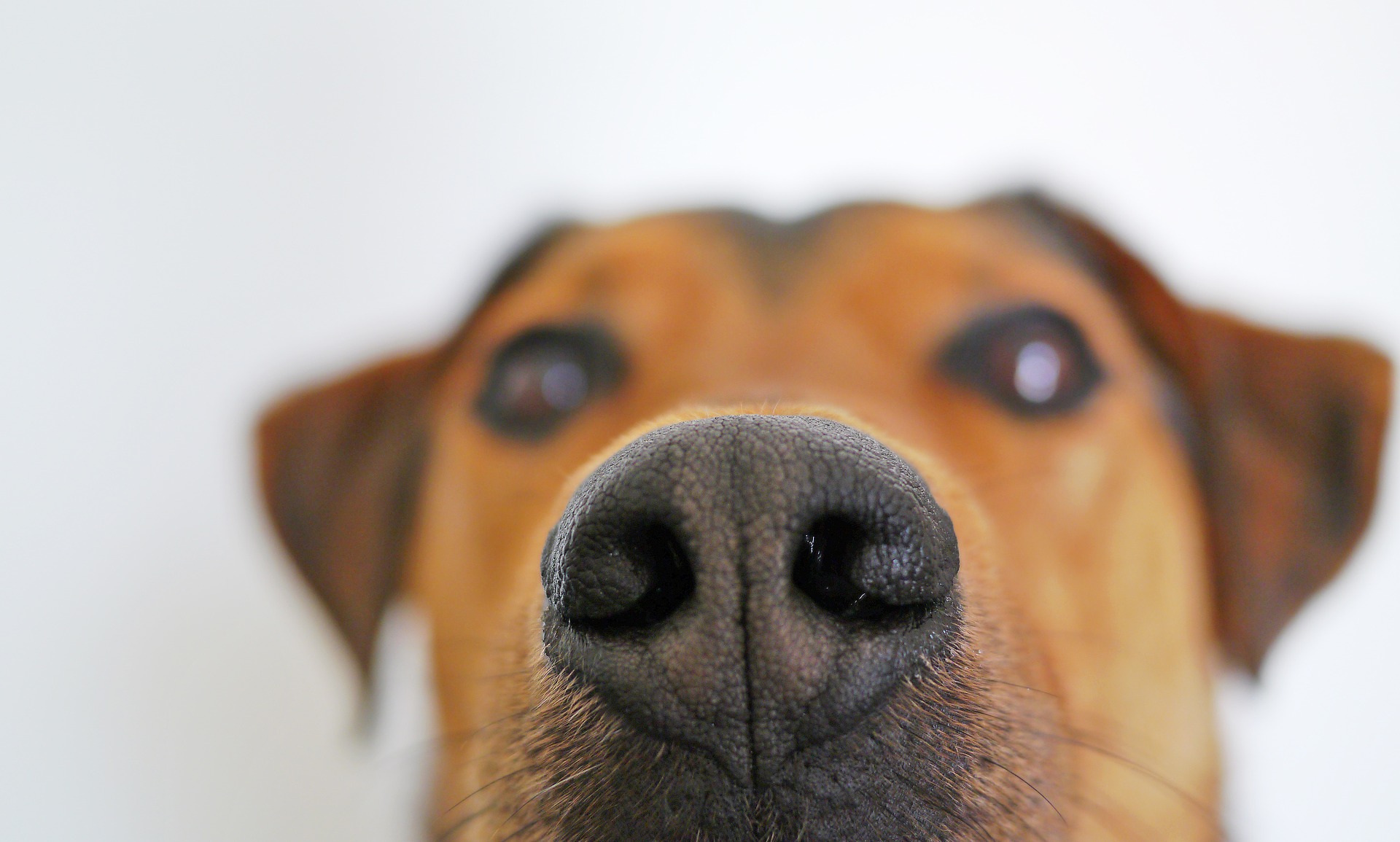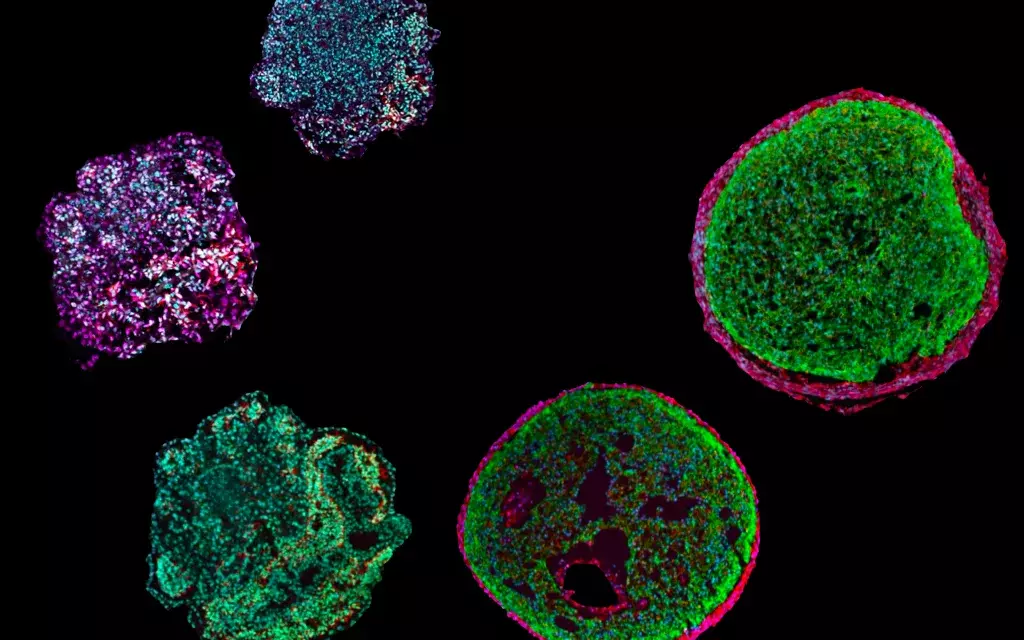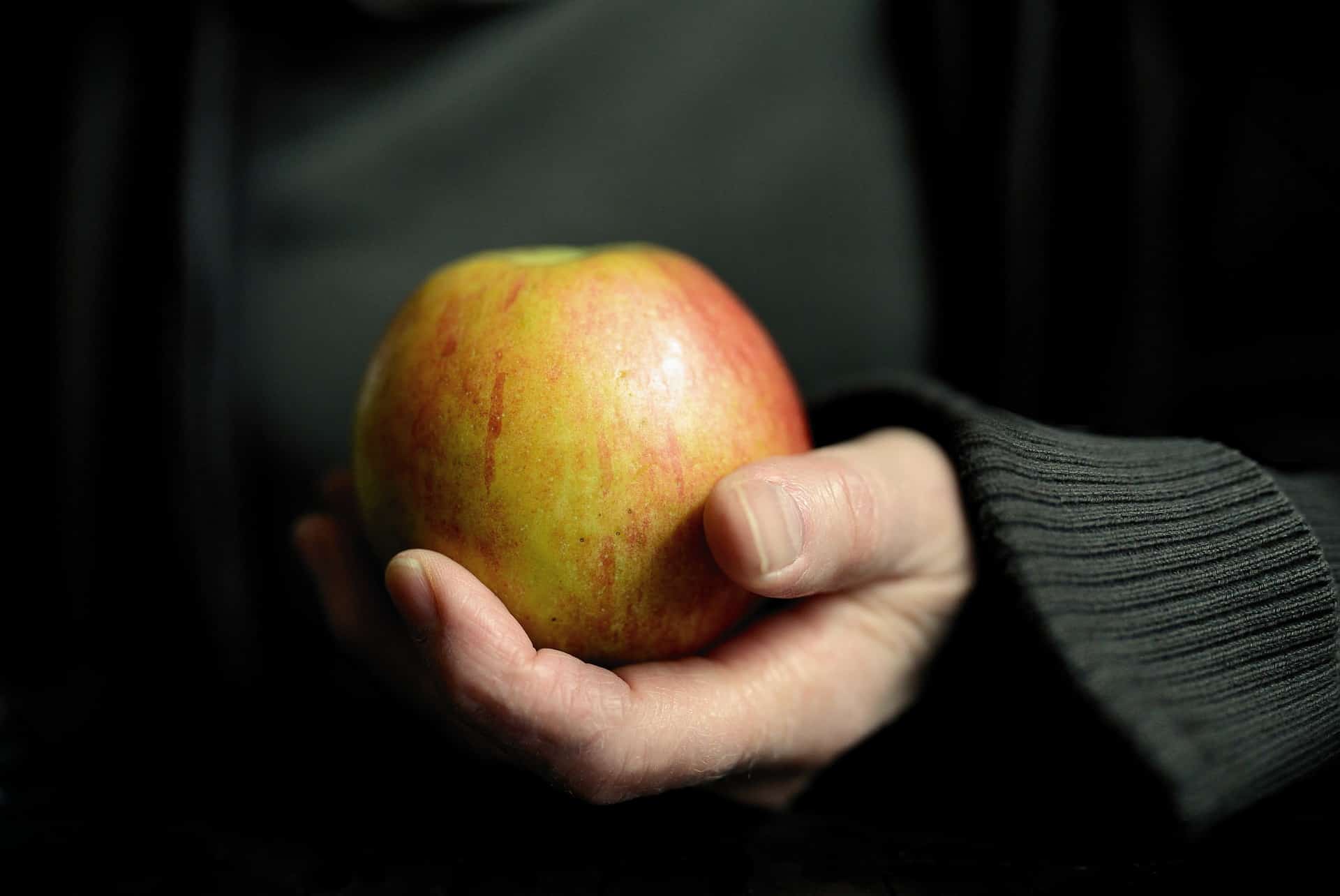
Anyone going to a music festival in Germany this fall has a good chance of being sniffed by a dog at the entrance to test for corona. Dogs appear to be perfectly capable of quickly and reliably detecting an infection with SARS-CoV-2. This is because they can smell the volatile organic compounds that are released independently of the infected body cells. For medical detection dogs, all body fluids tested appear to be equally detectable in individuals infected with SARS-CoV-2.
This is according to a study by the University of Veterinary Medicine Hannover (TiHo), Germany, in cooperation with the German Bundeswehr (Armed Forces), the Hannover Medical School and the University Medical Center Hamburg-Eppendorf. The findings were published in the journal BMC Infectious Diseases.
“It is well known that infectious diseases of the respiratory tract can release specific volatile organic compounds,” said Dutch virologist Ab Osterhaus, professor at the TiHo. “Our study shows that dogs can recognize these volatile organic compounds as patterns in different body fluids.”
Tracking dogs
For the study, the research team deployed 10 specialized detection dogs from the German army. After special training, they were able to correctly identify 92 percent of the more than 5,000 samples presented. The dogs were trained exclusively with saliva samples. In the study, they also had to check urine and sweat samples for the volatile organic compounds produced by the cells of SARS-CoV-2-positive people.
The samples were randomly distributed in an automated manner. Neither the practitioners involved nor the researchers on site knew which samples were positive and which were for control purposes. The dogs were able to distinguish between samples from infected and uninfected individuals. The average diagnostic sensitivity and specificity were 95 percent and 98 percent for urine, 91 percent and 94 percent for sweat, and 82 percent and 96 percent for saliva, respectively. Sensitivity refers to the detection of positive samples. Specificity refers to the detection of negative control samples. The positive SARS-CoV-2 samples were from infected individuals with and without symptoms.
Sense of smell
The sense of smell of dogs is unparalleled. They have more than 1,000 genes for olfaction, a larger nose surface and optimized airflow for smelling. They have 40 times more olfactory receptor cells (200 to 300 million versus 5 to 8 million in humans) and an accessory olfactory organ (vomeronasal organ). A dog can detect a drop of liquid in 50,000,000 liters of water, the equivalent of 20 Olympic swimming pools.
The researchers plan to deploy coronavirus-trained sniffer dogs at several events this fall and compare them with antigen and rtRT-PCR tests. This will provide further insight into the best way to use corona sniffer dogs to detect infected people.
Dr. Esther Schalke, a veterinarian at the Bundeswehr’s School of Army Dogs states that the study “is further evidence of the potential that sniffer dogs can have in the fight against the current pandemic. It’s hard to imagine, but dog scent detection is three times more sensitive than currently available tools.”
Also interesting: Diseases just don’t smell right







